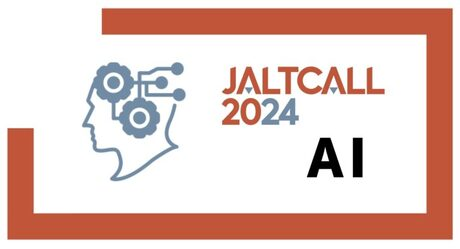Speaker
Description
Generative AI can be intimidating for students and instructors, but with some guidance and practice, it can become a valuable (and even fun) tool. Ideally, it will provide a wider range of easy-to-understand information and give suggestions to learners who may not know where to begin. Being a new technology, there are still many who are reluctant to use it. In addition, perhaps the challenging aspect for students is how to formulate useful prompts that elicit information English language learners can comprehend.
This presentation will review the results of a small study on having students in a Business English class use AI to prepare 3-minute presentations on various companies. One group (the control) was given an assignment and no instructions related to AI research. The other group was given the same assignment but a 15-minute demonstration of using generative AI to gather comprehensible information. The results of both groups were then analyzed in terms of content and understandability, and a student survey regarding their overall impressions of AI was conducted. While the differences between the two groups were not substantial, with more guidance and improvements in AI services, the potential for improving student work exists.
After considering the strengths and weaknesses of the exercise, follow-up activities have been planned to enhance AI usage further. The overall aim of using AI is to get students to do more research in the target language (English) instead of collecting information in Japanese and then using translation software to produce content they and their classmates cannot understand. To this end, the presenter will offer examples of how Microsoft Bing Copilot, Google Gemini (Bard), and ChatGPT differ.
| Keywords | AI, Presentation, English, Research |
|---|

